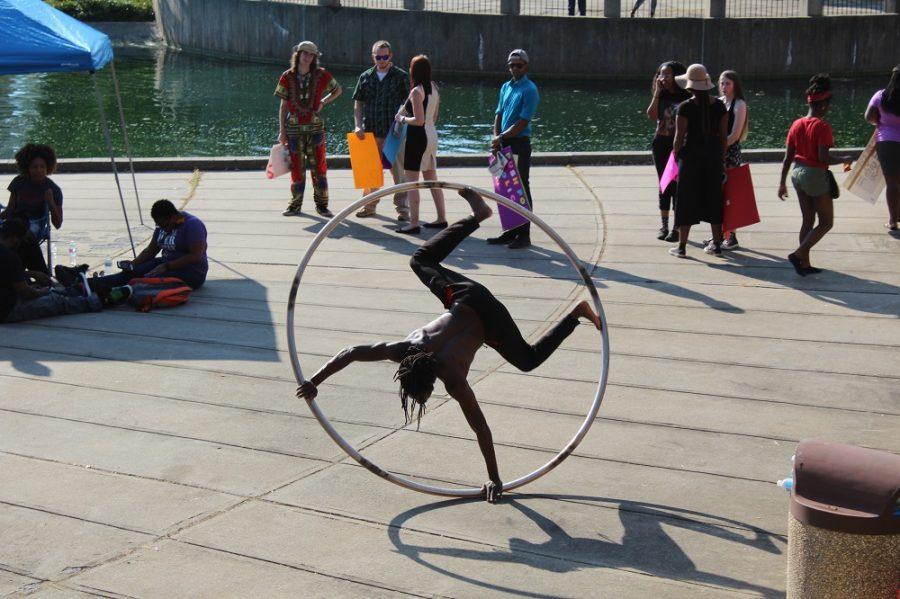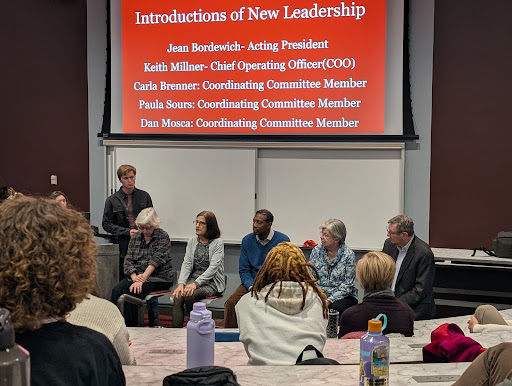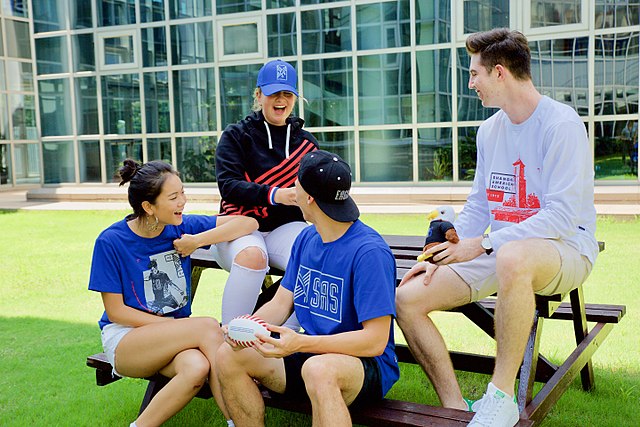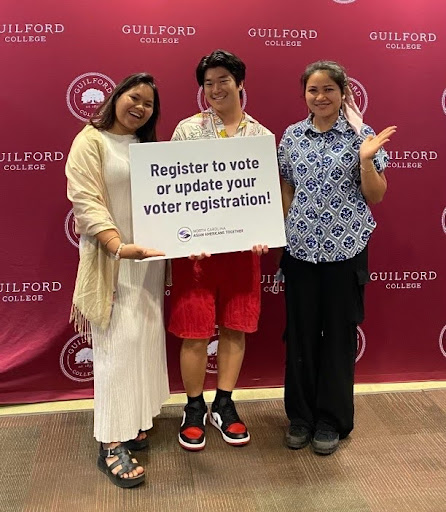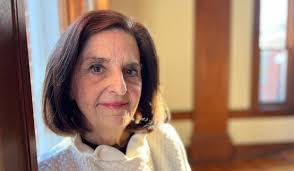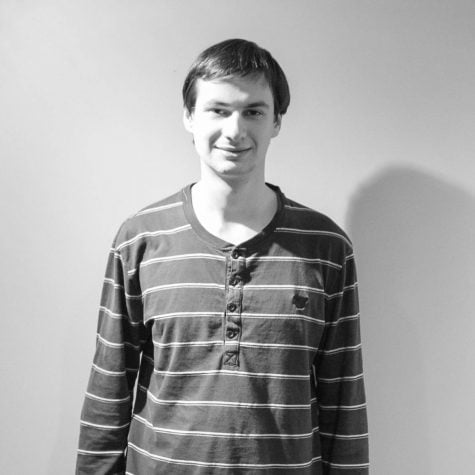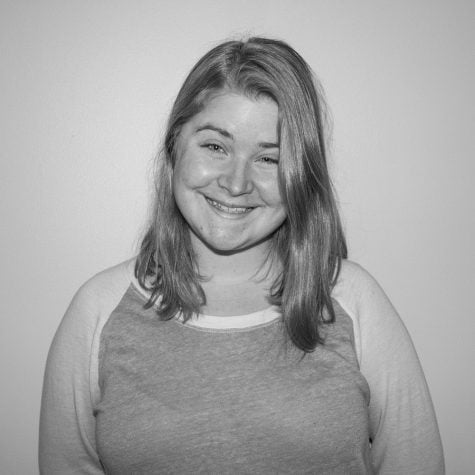At 4:37 p.m. in Marshall Park, Charlotte, NC, the results of a press conference were announced to a crowd of protesters. Part of the tape recording the shooting of Keith Lamont Scott, a black man killed by police in Charlotte on Sept. 20, would be released to the public.
All week, protesters have gathered in Charlotte, protesting the shooting and the decision not to release the tapes. After this partial victory, the crowd booed.
“We will occupy the streets of Charlotte until they release the full tape,” promised the announcer.
The crowd of protesters on Saturday was a mix of all races, ages and political persuasions. Revolutionary communists gathered under a tree, while a woman with a Hillary Clinton t-shirt found water for her young child.
People brought free pizza and mountains of water bottles for protesters. Clergy were on hand to offer emotional support and medics to offer physical care. An artist painted to one side of a stage, while people read poetry or sang into the open microphone.
“I don’t want to have a megaphone to shout at police,” said Jarrell Wallace, a black artist who was performing acrobatics with a large metal hoop. “But I hope my art can reach people.”
Both the afternoon protest and the march through the streets of Charlotte later that night were free of any the violence that had been reported earlier in the week.
“One thing I will say that I like about this protest is that it’s peaceful, and I feel safe,” said Wallace.
There was almost no police presence at the afternoon protest, although there were a few private security guards around.
“I agree (with the protest),” said one black security guard who gave her name as Nikkie. “I just can’t agree with how it’s been handled. … These things can get pretty violent.” She lamented the fact that people were protesting a police shooting, while failing to address violence within their own communities.
Most of the protesters, however, seemed to be committed to nonviolent protest.
“I’ve been out all week,” said a white Presbyterian minister who gave her name as Joanna. “It’s been mostly peaceful. There’s been a lot of clergy out.”
The night-time protest saw more police lining the marchers’ route, but the riot shields and tear gas of earlier this week were gone. The police, mounted on bikes and without bullet resistant vests, mostly blocked traffic at intersections to let the protesters pass through.
Further into the city, the National Guard troops became evident. Armed with rifles, handguns and even some grenade launchers, the troops fanned out along the protest route around their armored vehicles.
The protesters largely ignored the troops and police as they marched, chanting “Whose streets? Our streets!” At one intersection, a call and response began of “positive, peaceful protest.” As they neared the police station, a handful of officers in tactical vests and civilian t-shirts lounged against a fence, talking with protesters as they went by.
“(I came out) to protest against police and show we can come together without causing any violence,” said a young black woman who gave her name as Birdy at the afternoon protest.
On Saturday night in Charlotte, the protesters did exactly that.

